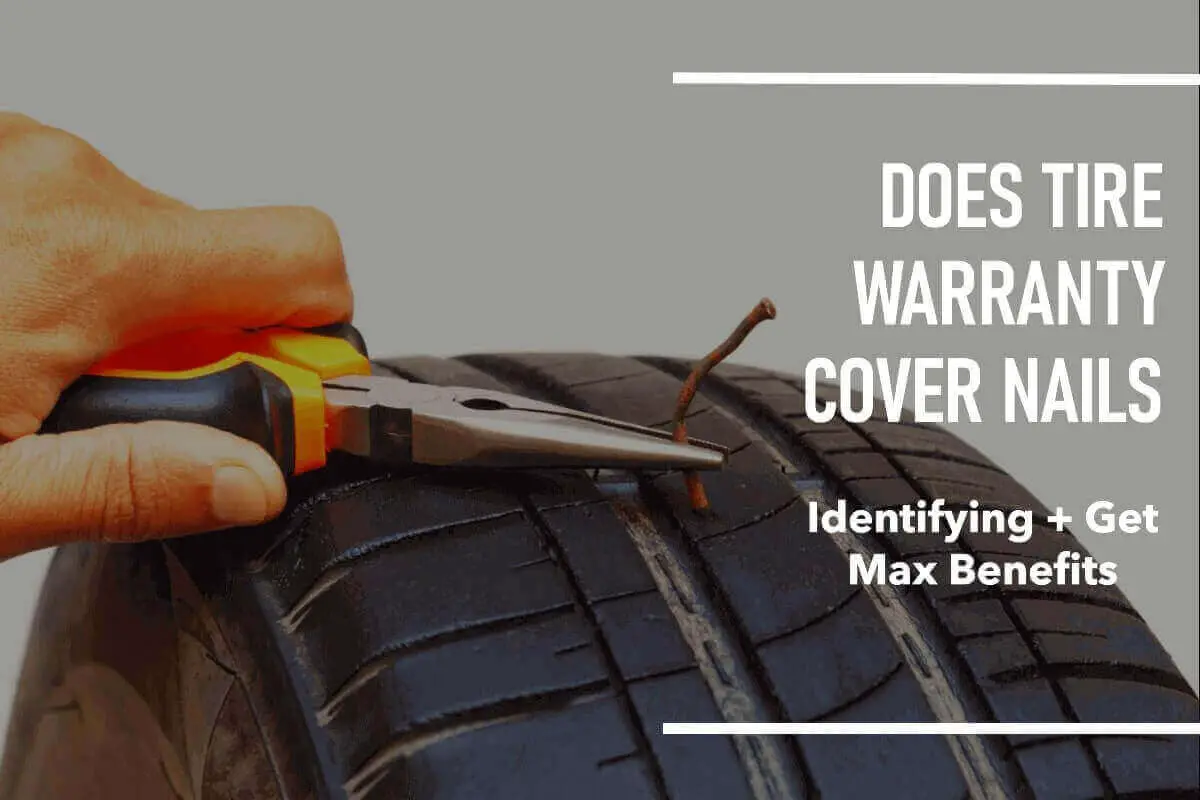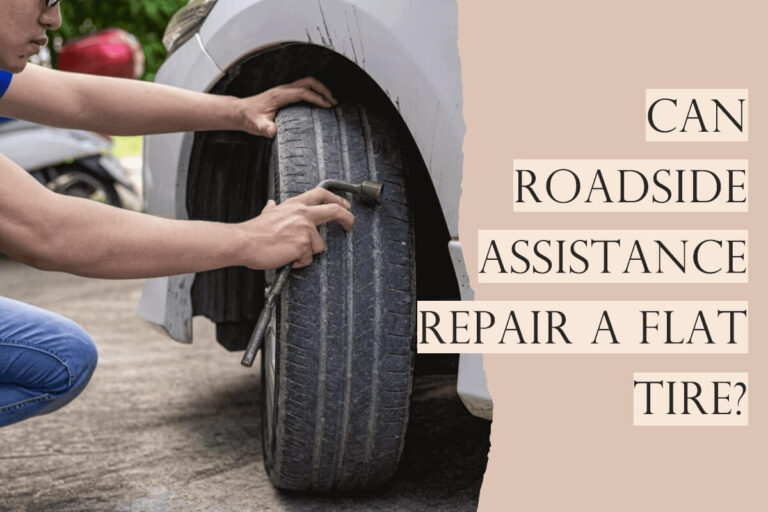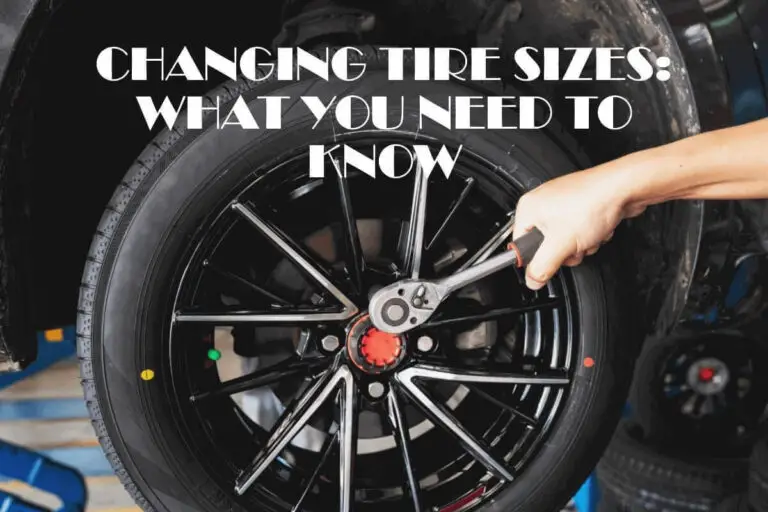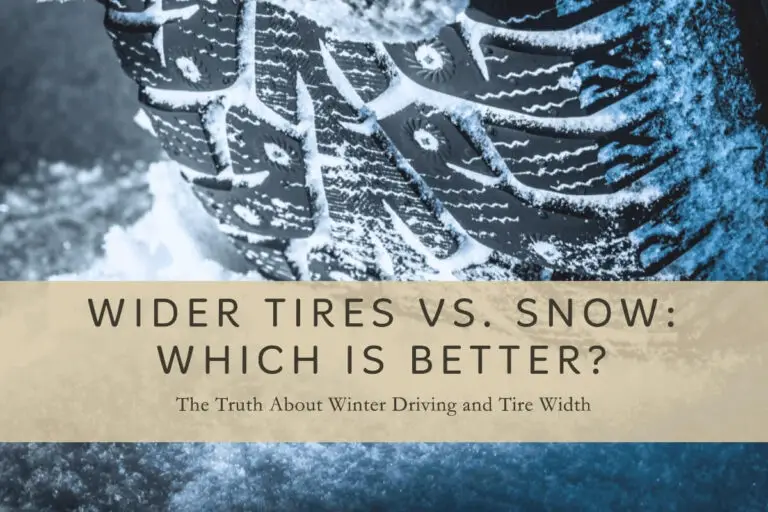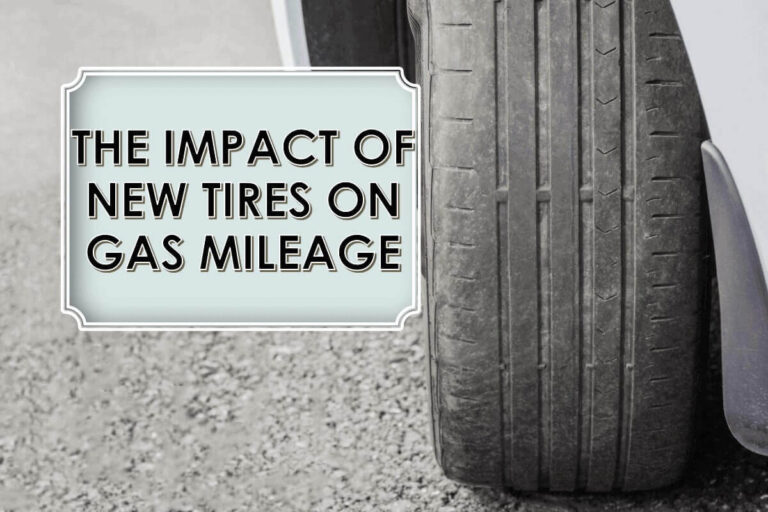Have you ever discovered a pesky nail stuck in your tire, and now you’re wondering if your tire warranty has got your back? Well, worry no more because we’ve got the answers for you! In this comprehensive guide, we will dive into the world of tire warranties and answer whether Does Tire warranty cover nails or not?
A tire warranty is a promise from the manufacturer to cover certain damages or defects within a specific period after the purchase. But what about nails? Many car owners wonder if tire warranties cover damages caused by nails and other similar road hazards.
In this informative guide, we will explore the ins and outs of tire warranties, explicitly addressing the coverage of nails and how you can make the most out of your warranty protection.
The Basics of Tire Warranties
Before diving into the specific nail coverage, let’s first understand the basics of tire warranties and answer the question: Does a Tire Warranty Cover Nails? Tire warranties typically come in two main categories: the Manufacturer’s Warranty and the Road Hazard Warranty.
1. Manufacturer’s Warranty:
This warranty is provided by the tire manufacturer and covers defects in materials or workmanship. It usually lasts several years or until the tire reaches a specified tread depth. The coverage may vary depending on the brand and model of the tire.
2. Road Hazard Warranty:
Offered by some tire retailers or manufacturers, the road hazard warranty provides coverage for damages caused by hazards on the road, such as nails, glass, potholes, or debris. It is essential to note that not all tire warranties include road hazard coverage.
Does Tire Warranty Cover Nails?
The answer is it depends. Some tire warranties include road hazard protection, while others do not. If your tire warranty has a road hazard clause, then damages caused by nails may be covered. However, reading the fine print of your warranty documentation is crucial to understand the extent of coverage for road hazards.
But mostly, it is safe to assume that tire warranties do not cover damages caused by nails or other road hazards. Therefore, if you frequently encounter debris or construction zones on your daily commute, purchasing additional road hazard coverage for your tires might be worth considering. This type of coverage can provide peace of mind and financial protection in case of unexpected damage from nails or other hazards.
When looking for tire warranties with road hazard coverage, it’s essential to carefully review the terms and conditions.
Identifying Road Hazard Damage
Before taking advantage of your tire warranty, you need to determine whether the damage to your tire results from a road hazard, such as a nail. Here’s how you can identify road hazard damage:
1. Inspect the Tire:
Examine your tire for visible signs of damage, such as punctures or cuts. If you notice a nail or any other sharp object embedded in the tire, it’s likely a road hazard.
2. Check the Air Pressure:
If you suddenly experience a loss of air pressure in your tire, it could be due to a puncture from a nail or other road debris.
3. Listen for Unusual Noises:
Listen to any strange noises from your tires while driving. A nail stuck in the tire may produce a distinct sound, indicating a potential road hazard.
Making a Claim
Suppose you’ve determined that the damage to your tire results from a nail or road hazard. It’s time to claim your tire warranty. Here’s a step-by-step guide to help you through the process:
1. Review your Warranty:
Before making a claim, carefully review your tire warranty documentation to understand the coverage and any specific requirements for filing a claim related to road hazards.
2. Gather Information:
Prepare all the necessary information, such as the tire’s purchase receipt, the tire size, the date of purchase, and the specific details of the road hazard damage.
3. Contact the Retailer or Manufacturer:
Contact the retailer where you purchased the tire or directly contact the manufacturer’s customer service to initiate the claim process.
4. Provide Documentation:
Submit all the gathered information, including photos of the damaged tire, to support your claim. Be ready to explain how the road hazard caused the damage.
5. Follow Instructions:
Follow the instructions from the retailer or manufacturer regarding the tire inspection. They may ask you to take your vehicle to an authorized service centre for evaluation.
6. Await Response:
Allow the retailer or manufacturer some time to review your claim and determine whether it qualifies for coverage under the warranty.
The above steps outline the general process for filing a claim for a damaged tire under warranty. It is essential to follow these steps carefully to increase the chances of getting your claim approved and receiving compensation.
Limitations and Exclusions
It’s important to know that tire warranties, including road hazard coverage, often have limitations and exclusions. Some common limitations and exclusions include:
1. Tire Tread Depth:
Most warranties require a certain minimum tread depth for coverage. If your tire has worn beyond this limit, the warranty may not apply.
2. Misuse or Negligence:
If the tire damage results from misuse, improper maintenance, or neglect, the warranty is likely to be void.
3. Repairable vs Non-Repairable Damage:
Some warranties may cover repairable damages caused by road hazards, while others might only apply to cases where the tire needs replacement.
4. Transferability:
Check if the warranty is transferable to a new owner if you sell the vehicle with the tires.
5. Pro-rated Coverage:
Depending on the tire’s age and wear, the coverage may be pro-rated, meaning you might receive less reimbursement for an older tire.
Tips for Maximizing Tire Warranty Benefits
To get the most out of your tire warranty, consider the following tips:
1. Regular Inspections:
Perform tire inspections to identify any signs of damage early and promptly address them.
2. Maintain Proper Tire Pressure:
Maintaining the recommended tire pressure can help prevent damage from road hazards and extend tire life.
3. Safe Driving Practices:
Drive cautiously and avoid road hazards whenever possible to reduce the risk of tire damage.
4. Keep Records:
Keep all records of tire maintenance, repairs, and warranty documentation in a safe place for easy access when needed.
5. Understand the Coverage:
Familiarize yourself with the specifics of your tire warranty so you know what is and isn’t covered.
Conclusion: Know Your Tire Warranty Coverage
Tire warranties can offer valuable protection for your investment in new tires, including coverage for damages caused by road hazards like nails. However, not all tire warranties include road hazard protection, so it’s essential to read and understand your warranty terms before making any assumptions.
If your tire warranty does cover road hazards, identifying the damage and following the proper steps to make a claim will increase your chances of a successful reimbursement or tire replacement.
By being proactive in maintaining your tires and understanding the limitations and exclusions of your warranty, you can make the most of your coverage and ensure safer and more cost-effective driving experiences. I hope this information helps you navigate the process of dealing with tire warranties and get the answer to “Does Tire Warranty Cover Nails”.
Frequently Asked Questions (FAQs)
Does a tire warranty cover damage caused by nails?
Tire warranties usually do not cover damage caused by nails or other sharp objects. Such damages are typically considered road hazards; tire manufacturers’ warranties exclude coverage for road hazard incidents. However, it’s essential to review your tire warranty’s specific terms and conditions to understand the extent of the coverage.
What type of tire warranties might cover nail damage?
While standard tire warranties typically exclude nail damage, some tire manufacturers offer additional protection plans or road hazard warranties for an extra cost. These specialized warranties might cover repairs or replacements for tires damaged by nails or other road hazards. It’s essential to check with your tire dealer or manufacturer to see if they offer such extended coverage options.
What steps should I take if my tire gets punctured by a nail?
If your tire gets punctured by a nail, the first step is to assess the severity of the damage. If the puncture is small and located in the tread area, it may be possible to repair the tire. However, if the damage is extensive or near the sidewall, the tire may need to be replaced. It’s crucial to have a professional tire technician inspect the tire to determine the best course of action.
Can I purchase a separate road hazard warranty for my tires?
Yes, some tire retailers offer separate road hazard warranties that cover damage from road hazards like nails, potholes, or debris. These warranties are often available for an additional fee during tire purchase. It’s recommended to inquire about this option when buying new tires to ensure you have suitable coverage against road hazards.

